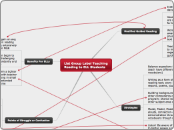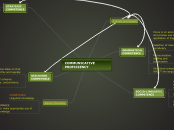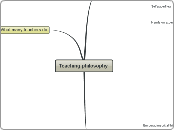por Tacey Miller 11 anos atrás
297
List Group Label Teaching Reading to ELL Students
Teaching reading to English Language Learner (ELL) students in small groups offers significant benefits, such as forming stronger connections with the teacher and advancing reading skills.









